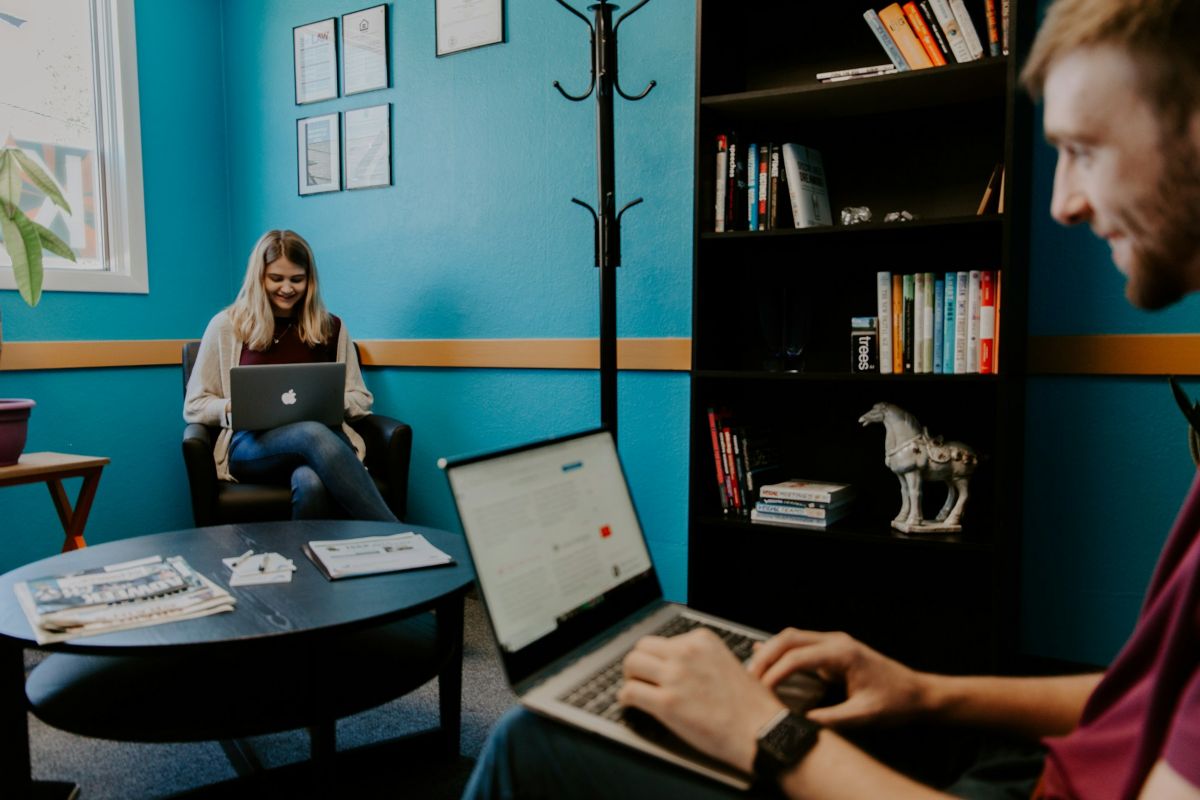Pesto spices up digital workplaces so remote work isn’t so … remote
Most employees are unlikely to return to in-person work, but are having to use tools created for that purpose. Pesto's founders think that needs to change.

As our working world sees more shifts to the metaverse, Pesto, formerly known as Pragli, is jumping in with its avatar approach to making remote work a little less lonely.
“Zoom fatigue” was real for Doug Safreno and his co-founder, Vivek Nair, who started batting around the idea for a company in 2019 and made it official a year later. Their idea is a digitally native human workplace where employees can customize an avatar in the workplace, with the idea that the avatar would take the place of video and be less fatiguing and more personable, CEO Safreno explained via email.
The “workplace” would have a variety of rooms created by the employees that would be organized spaces for audio-first collaboration that include screenshare, video, games or spatial features.
“We founded Pesto because we were tired of being stuck between text chat tools and video conferencing,” Safreno added. “Text chat was frustrating because there was so much back-and-forth and it took a long time for anything to happen, and video conferencing felt too formal and involved too much work to schedule. It’s also just not fun — it’s soul-sucking and demoralizing. Pesto is a more human way of working remotely.”
Nearly two years in, the company’s early work is paying off as it now works with more than 10,000 teams at companies like Enhatch, Sortify.tm, HiHello, FullStory, aiPass and Tidal Migrations, as users logged over 100 million voice and video minutes.
Today, the company announced $5 million in seed funding, led by Headline, with participation from K9 Ventures, Rucker Park Capital, NextView Ventures, Collaborative Fund, Correlation Ventures, Garrett Lord, Nikil Viswanathan and Joe Lau.
Safreno says the world has “undergone the biggest change in the way people work since the Industrial Revolution.” With offices remaining at less than 20% occupied, he believes most employees are unlikely to return to in-person work, but are having to use tools created for that purpose. In contrast, Pesto was designed to fit into the future of work, one in which people are collaborating and interacting more digitally than in-person, he added.
He was not willing to disclose profitability or revenue figures, but did say the company has eight employees, up from just the two founders a year ago.
The new funding gives Pesto a total of $6 million in investments. It will be used to hire for product design and engineering teams and on product development, particularly by building features that deepen the experience of a workplace metaverse and targeting larger companies that have more complex collaboration needs.
Pesto is free for users currently, but later this year, it will introduce a paid tier.
Jett Fein, partner at Headline, is often looking for companies that have “obsessed user bases,” and saw that in Pesto.
It doesn’t look like remote work is going anywhere, so there is a need “for more authentic and collaborative tools,” he added. He was attracted to Pesto because he believes it solves the video conferencing fatigue and lack of collaboration spaces pain points affecting many companies and employees.
As such, he feels the company’s metaverse features stand out in its ability to bring some of that “natural, free-flowing human interaction back into work,” which is what will be expected as more companies invest in this type of interaction between employees in the coming years.
“Doug, Vivek, and Daniel [Liem, founder/head of product] have created a platform that is truly built for the future of work,” Fein said. “Over the past few years, we’ve seen the benefits and pitfalls of working with distributed teams. While we’ve gained freedom and flexibility, we’ve lost the sense of camaraderie and unplanned conversation typically found in the workplace. Pesto is an answer to those challenges, and is creating a future in which collaborating and working together remotely can feel the same as, if not more effective than, being in-person.”






















